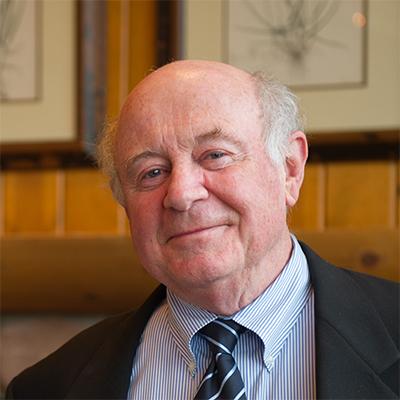Reformers taking over a troubled big-city school system are understandably pessimistic about the educators they inherit. How could there be any good teachers or principals in a district where not even one child in ten achieves on grade level? At CRPE, we have learned from working with more than 40 urban districts that such despair is unwarranted. Every city has school leaders and teachers who are skillful, well prepared, and eager to make a difference. Many of these people are the first to jump at the chance of working with other able people in a well-led school. Some have been beaten down by the system but could regain their old fervor if given the chance. That’s not to say that big cities don’t have teachers and principals who gained tenure without ever performing well, or who have become irreversibly cynical about kids, parents, and the system. In order to let the talented, motived educators thrive and make room for more of them, people who can’t or won’t do well by kids need to be moved out of schools and classrooms as quickly as the law, and local tolerance for job losses, can allow. Saying “all educators here are wonderful” won’t help. Reforms must identify and conserve the teachers and leaders within the system who are talented. The numbers don’t work out any other way. Even cities that attract large numbers of educators from alternative preparation programs and the charter sector still need far more teachers and school leaders than those pipelines produce. The first place to look for them is in the schools, among people who know the community, are already respected, and are already doing well. Reform leaders, especially those new to the city, won’t naturally know where the talent is. They can start by asking questions within the existing central office. Who are the principals and teachers everyone respects? What schools and classrooms are parents campaigning to get their children into? In cities with real talent problems, everyone knows who the great people are. But asking around is not enough. That will almost certainly pass over people who could emerge under the right circumstances. There is no substitute for creating opportunity and seeing who responds to it. We suggest a five-step approach for CEOs, superintendents, or chief implementation officers to find hidden talent: 1. Announce an autonomy pilot (control of budgets, hiring, schedule, and professional development funds) for one in every ten district schools and see what individuals, including incumbent principals and teachers, apply. 2. Let those applicants interview one another about how they would use their autonomy and how that would raise instructional quality and student achievement. Select those that make the best case and admit them to the pilot. 3. Let the principals and teachers selected to lead schools in the autonomy pilot decide whether to stay in the district schools, seek charters, or go to work for CMOs that are looking for principals. Guarantee that those that stay in the district autonomy pilot can hire any teacher who will come to work for them. Interview those principals about why they chose the teachers they did and what others they considered seriously. 4. Repeat every year for three years, giving possible applicants for school autonomy the chance to meet with and shadow principals in charter schools or autonomous district schools. 5. Track autonomous schools’ student performance, applications for admission, workforce stability, and teacher absenteeism. Prune the dismal failures, including the teachers autonomous schools are trying to get rid of. After four years, reform leaders should have a very good picture of the principal and teacher talent they have. From this pool, they can select principals for the toughest assignments or as the foundation for CMOs. The pool of teachers in autonomous schools will include teachers around whom strong school cultures can be built, and possible future principals. None of this will eliminate the need to close schools where no children are learning, attract new talent from outside the district, or attract strong CMOs and new school providers. But it can prevent wholesale losses of talented people, and greatly increase the rate at which families get strong schooling options.



